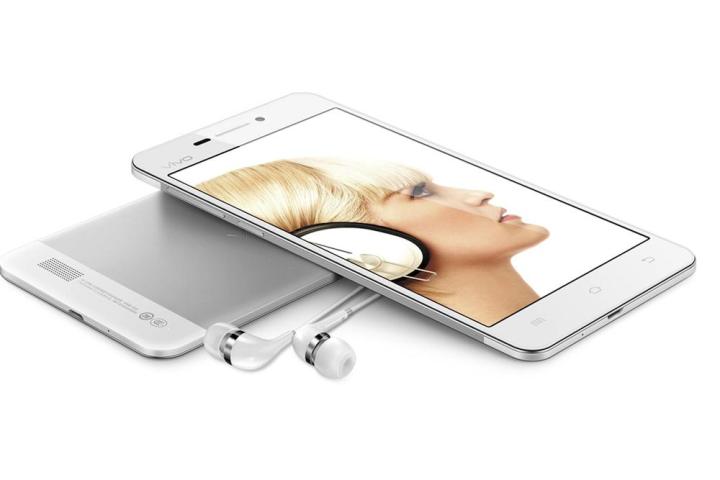
It wasn’t so long ago that Huawei grabbed the title of World’s Thinnest Smartphone with the Ascend P6, which measures just 6.16mm thick, after the title had been stolen by Alcatel at the beginning of the year with the 6.45mm thick One Touch Idol Ultra. Now, Huawei has lost it again, this time to the Vivo X3.
How thin are we talking? Just 5.75mm. It’s not cheating either, as the X3’s chassis measures the same all the way along, with no unsightly bumps for the battery or camera lens. Just so you get an idea of how incredibly thin the Vivo X3 is, a Galaxy S4 is 7.9mm thick, and the iPhone 5 measures 7.6mm.
Chances are, unless you live in China, the Vivo name probably isn’t very familiar. However, it’s owned by BBK Electronics, which also owns Oppo, a company which has been making waves in the smartphone market all year, most recently with news the Oppo N1 camera phone will be announced next month.
So what has BBK managed to squeeze inside the X3‘s tiny frame? The screen is 5-inches and has a 1280 x 720 pixel resolution, while the processor is a quad-core chip with a 1.5GHz clock speed. Android 4.2 is installed as the OS, and there’s an 8-megapixel camera on the back of the phone. Surprisingly for such a thin phone, the X3 is quite heavy at 150 grams, and the battery is as feeble as you’d expect at 2000mAh. Also, if you want the super thin Vivo X3, you’re stuck with a blue color scheme, as the white model is 5.95mm thick.
The Vivo X3 will go on sale in China next month, when it will cost the equivalent of $410. So, who’s going to be next to make a play for the, clearly coveted, title of world’s most ridiculously slim phone, and just how much thinner can they possibly get?




